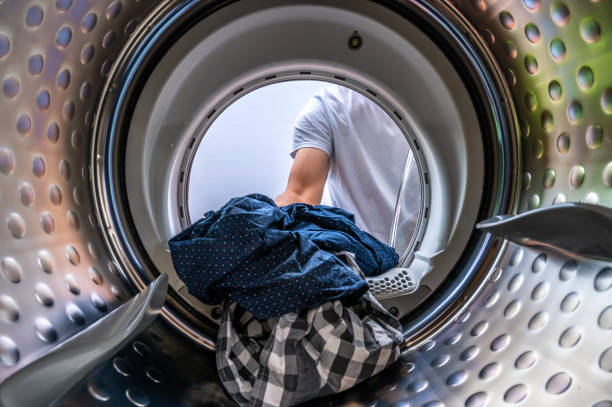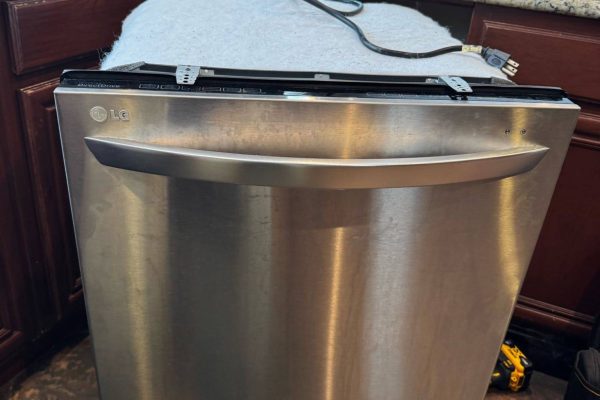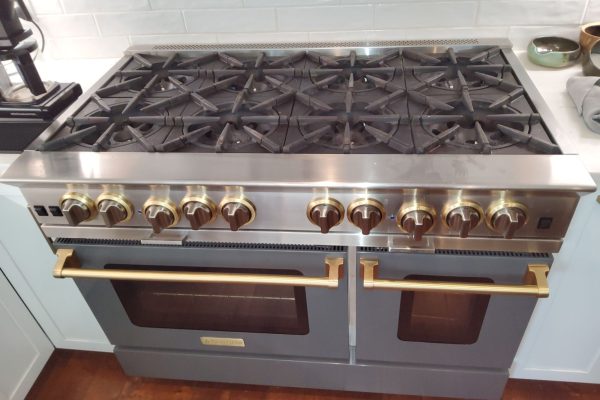The condensate drainage system in a dryer is responsible for removing moisture extracted from clothes during the drying process. When this system becomes damaged or clogged, it can lead to a range of issues including water leaks, inefficient drying, and potential damage to the dryer itself. In this article, we will explore the causes of damaged or clogged dryer condensate drainage systems, the effects of these issues, and practical solutions for troubleshooting and resolving them effectively.
Understanding Dryer Condensate Drainage Systems
Dryers equipped with condensing technology use a condensate drainage system to collect and remove moisture from the air inside the dryer drum. This system typically consists of a condenser unit, a water collection tray or reservoir, and a drainage hose or pipe. As moist air passes through the condenser, the moisture condenses into water droplets, which are then collected and drained away from the dryer.
Common Causes of Damage or Clogging
Lint Accumulation: Lint from clothes can accumulate in the condenser unit or drainage hose over time, leading to blockages and restricted water flow. This can impede the drainage process and cause water to back up inside the dryer.
Mineral Deposits: Hard water containing minerals such as calcium and magnesium can leave deposits in the condenser unit or drainage system, reducing its efficiency and causing clogs.
Damage or Wear: Components of the condensate drainage system, such as the drainage hose or seals, may become damaged or deteriorate over time, leading to leaks or blockages.
Improper Installation: Incorrect installation of the drainage hose or condenser unit can cause kinks, bends, or misalignments that impede water flow and lead to clogs or leaks.
Effects of Damaged or Clogged Drainage Systems
Water Leaks: A damaged or clogged condensate drainage system can result in water leaks inside or around the dryer, potentially causing damage to floors, walls, or nearby appliances.
Inefficient Drying: If moisture cannot be effectively removed from the dryer drum due to a clogged drainage system, clothes may take longer to dry or may not dry evenly, leading to increased energy consumption and reduced drying efficiency.
Mold and Mildew Growth: Standing water inside the dryer or drainage system can create a breeding ground for mold and mildew, posing health risks and causing unpleasant odors.
Damage to Dryer Components: Water leaks or excess moisture inside the dryer can damage sensitive electronic components, wiring, or insulation, potentially resulting in costly repairs or the need for replacement parts.
Solutions for Troubleshooting and Resolving Issues
Regular Cleaning: Clean the condenser unit and drainage hose regularly to remove lint, debris, and mineral deposits that may be causing clogs or reduced drainage efficiency. Use a soft brush or vacuum attachment to remove accumulated debris, and rinse the components with water if necessary.
Check for Damage: Inspect the drainage hose, seals, and other components of the condensate drainage system for signs of damage or wear. Replace any damaged or deteriorated parts to restore proper function and prevent leaks.
Clear Blockages: If water is not draining properly from the dryer, check for and clear any blockages in the drainage hose or condenser unit. Use a plumber’s snake or flexible brush to dislodge stubborn clogs, and ensure that the drainage path is free from obstructions.
Ensure Proper Installation: Verify that the drainage hose is properly installed and free from kinks, bends, or misalignments that could impede water flow. Refer to the dryer’s installation instructions for guidance on correct placement and routing of the drainage hose.
Monitor Performance: After cleaning or troubleshooting the condensate drainage system, monitor the dryer’s performance to ensure that water is draining properly and that drying times are consistent. If issues persist, consider seeking professional assistance to diagnose and resolve the problem.
Maintaining a clean and functional condensate drainage system is essential for the efficient and reliable operation of a dryer. By understanding the common causes of damage or clogging in dryer condensate drainage systems and implementing practical solutions for troubleshooting and resolving these issues, homeowners can prevent water leaks, ensure optimal drying performance, and prolong the lifespan of their dryers. Regular cleaning, inspection, and maintenance of the condensate drainage system are key to avoiding costly repairs and preserving the integrity of the dryer.
Our services are your reliable way to solve problems with household appliances! If your appliances require repair, don’t worry – contact Oceanside Appliance Service Center and we will help you forget about any inconvenience.
Our company has many years of experience in repairing household appliances of various brands and models. Our team of highly qualified technicians has deep knowledge and experience in working with refrigerators, washing machines, dryers, dishwashers, stoves, ovens and other devices.
We guarantee a professional approach to each task and the use of only original spare parts for repairs. Restoring your household appliances to optimal condition is our main goal.
Contact us


